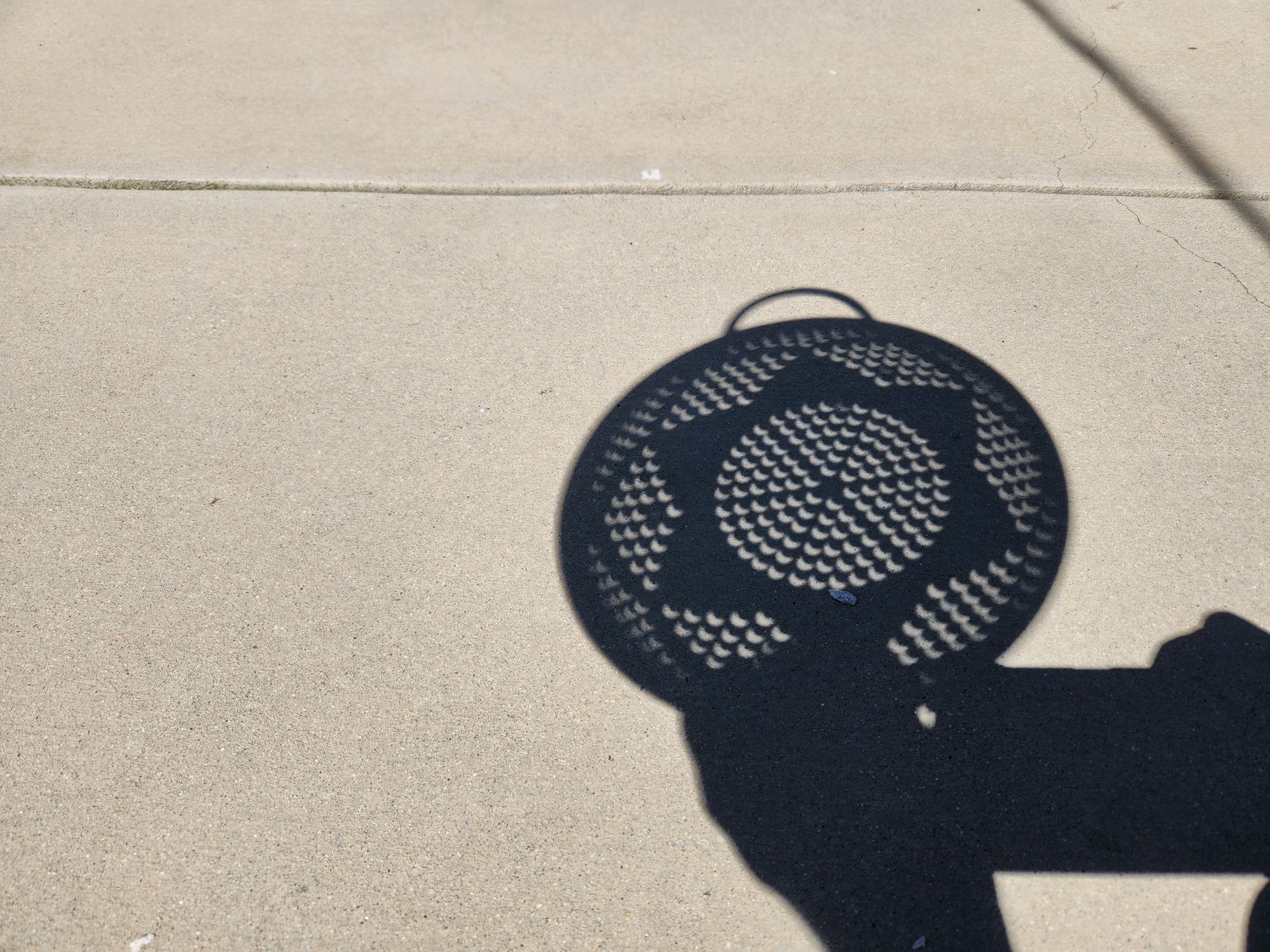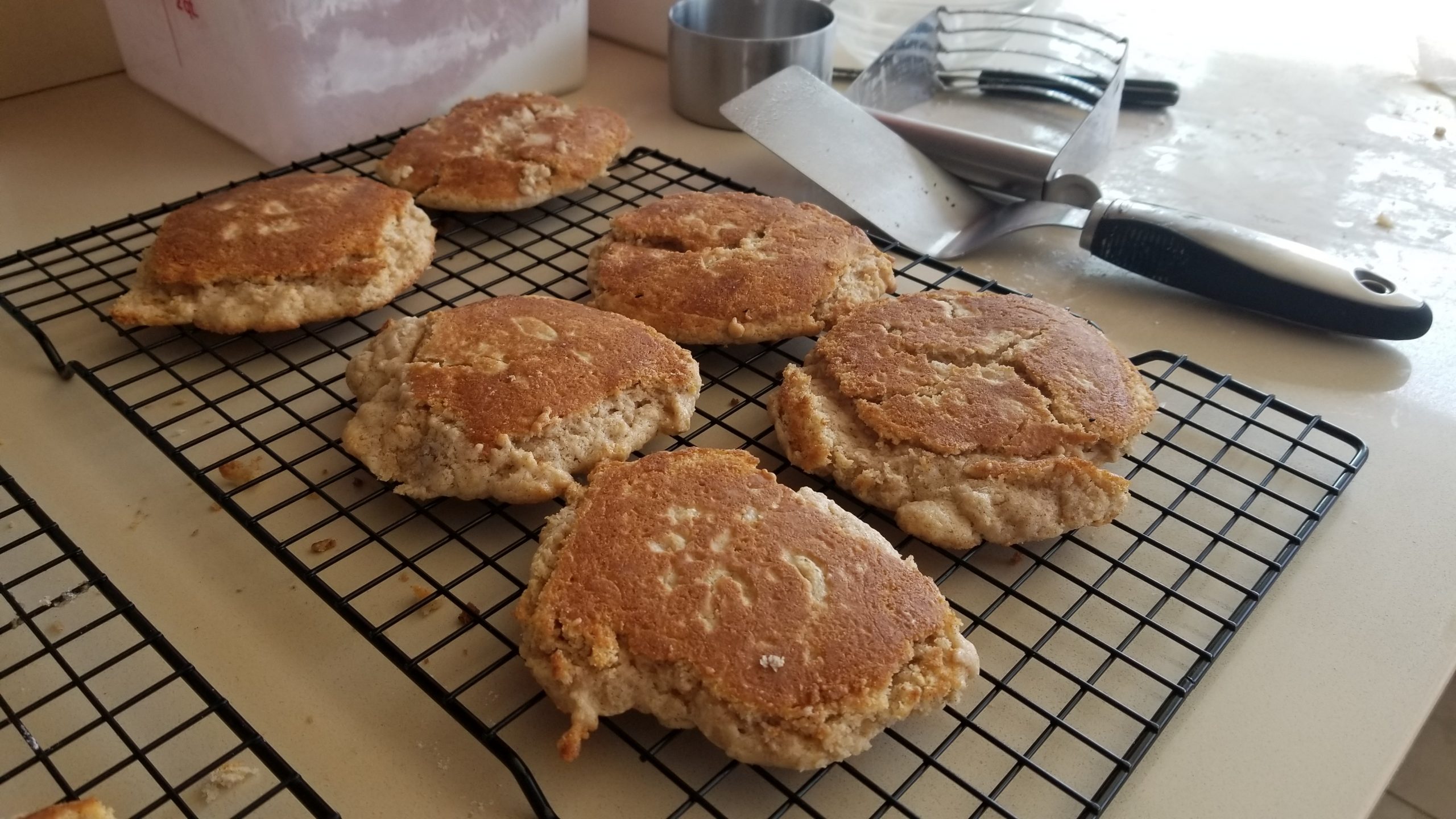Sometimes the root question is “what to I want to do this for?” Having an underlying reason can be hugely motivating.
Are you collecting examples of things for students? (seeing examples can be incredibly powerful, especially for defining spaces) for yourself? Are you using them for exploring a particular space? To clarify your thinking/thought process? To think more critically? To write an article, blog, or book? To make videos or other content?
Your own website is a version of many of these things in itself. You read, you collect, you write, you interlink ideas and expand on them. You’re doing it much more naturally than you think.
—
I find that having an idea of the broader space, what various practices look like, and use cases for them provides me a lot more flexibility for what may work or not work for my particular use case. I can then pick and choose for what suits me best, knowing that I don’t have to spend as much time and effort experimenting to invent a system from scratch but can evolve something pre-existing to suit my current needs best.
It’s like learning to cook. There are thousands of methods (not even counting cuisine specific portions) for cooking a variety of meals. Knowing what these are and their outcomes can be incredibly helpful for creatively coming up with new meals. By analogy students are often only learning to heat water to boil an egg, but with some additional techniques they can bake complicated French pâtissier. Often if you know a handful of cooking methods you can go much further and farther using combinations of techniques and ingredients.
What I’m looking for in the reading, note taking, and creation space is a baseline version of Peter Hertzmann’s 50 Ways to Cook a Carrot combined with Michael Ruhlman’s Ratio: The Simple Codes Behind the Craft of Everyday Cooking. Generally cooking is seen as an overly complex and difficult topic, something that is emphasized on most aspirational cooking shows. But cooking schools break the material down into small pieces which makes the processes much easier and more broadly applicable. Once you’ve got these building blocks mastered, you can be much more creative with what you can create.
How can we combine these small building blocks of reading and note taking practices for students in the 4th – 8th grades so that they can begin to leverage them in high school and certainly by college? Is there a way to frame them within teaching rhetoric and critical thinking to improve not only learning outcomes, but to improve lifelong learning and thinking?
 I saw hundreds of images of the eclipse today, but none remotely similar to mine. While thinking back on how I imaged the eclipse with my “pinhole colander camera”, I realize that so much of my life is informed not only by science, but the science of cooking.
I saw hundreds of images of the eclipse today, but none remotely similar to mine. While thinking back on how I imaged the eclipse with my “pinhole colander camera”, I realize that so much of my life is informed not only by science, but the science of cooking.  I saw hundreds of images of the eclipse today, but none remotely similar to mine. While thinking back on how I imaged the eclipse with my “pinhole colander camera”, I realize that so much of my life is informed not only by science, but the science of cooking.
I saw hundreds of images of the eclipse today, but none remotely similar to mine. While thinking back on how I imaged the eclipse with my “pinhole colander camera”, I realize that so much of my life is informed not only by science, but the science of cooking. 


